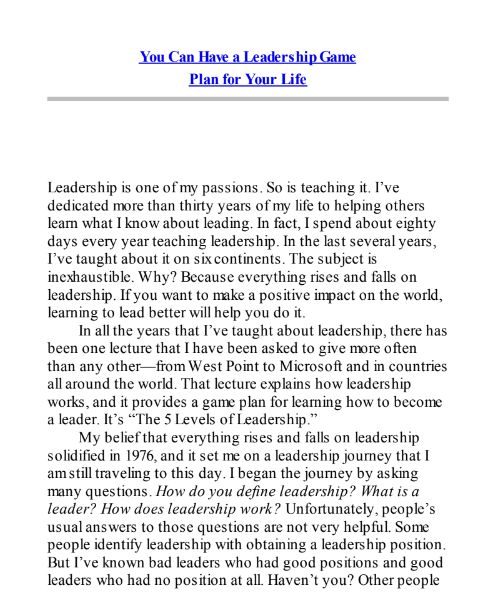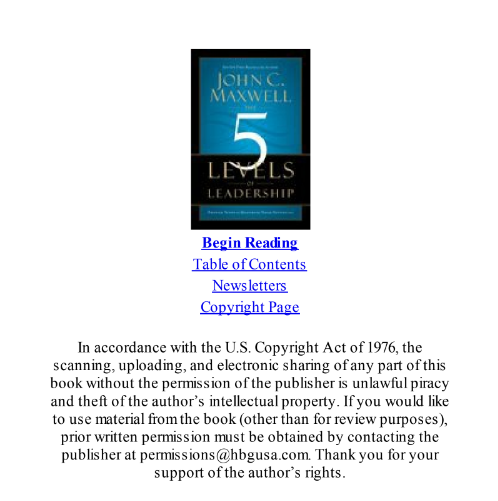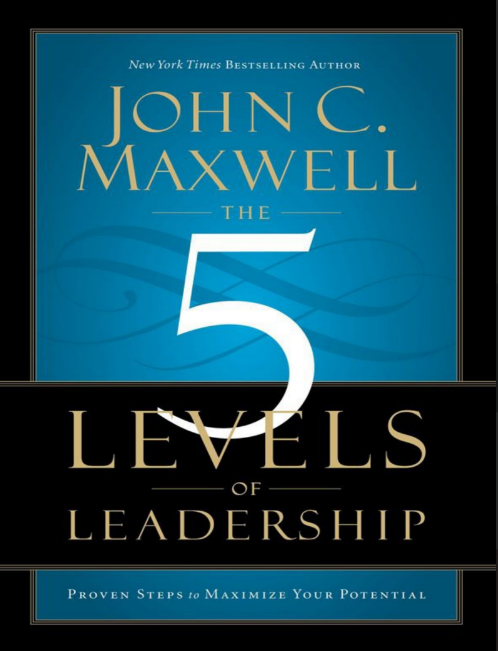


The provided text outlines the structure of a book on leadership, focusing on a 5-level model, and then details the characteristics of the lowest level, “Level 1: Position.” **Summary of the Book’s Structure (from the first snippet):** The book is organized into sections, each dedicated to one of five distinct leadership levels. For each level, readers will learn about: * The advantages (“upside”) and disadvantages (“downside”). * Best behaviors associated with that level. * Beliefs that foster movement to the next level. * How the level relates to the “Laws of Leadership.” The book aims to enhance understanding for those already familiar with the “Laws of Leadership” by showing how they fit within the 5-level framework. For newcomers, it promises to explain the basic concepts of these laws and their applicability. A “growth guide” is also provided for each level. The introductory section specifically serves to give an overview of all levels and their interconnections, along with initial insights.
**Analysis of Level 1: Position (from the second snippet):** * **Definition:** “Position” is the entry-level and lowest form of leadership. * **Source of Authority:** Influence at this level comes solely from the job title or the position itself, not from personal charisma or earned respect. * **Followership:** People follow because they are obligated to do so due to the authority granted by the position (“because they have to”). This is based on the “rights” of the position. * **Criticism:** The text strongly criticizes relying on position to gain followers, stating it is “wrong” and a “poor substitute for influence.” *
**Characteristics of Level 1 Leaders:** These individuals are described as “bosses” with “subordinates,” not team members. They manage through rules, regulations, policies, and organizational charts. Their teams typically perform only what is strictly required and rarely go the extra mile. * **Challenges:** Positional leaders often struggle with motivating volunteers, younger people, or highly educated individuals because these groups tend to be more independent and are less likely to be compelled by mere position. * **Attainability:** “Position” is unique as it is the only level that requires no inherent ability or effort to achieve; anyone can be appointed to it. In essence, the text introduces “Position” as the most basic and weakest form of leadership, characterized by obligation rather than inspiration, and highlights its inherent limitations for effective influence and team motivation. It sets the stage for readers to understand that true leadership requires moving beyond mere positional authority.
FOREWORD
It is the inherent nature of success to be both puzzling and elusive, and to withhold its rewards from all but a handful of those who pursue it. It is by an intricate design of nature that success is a condition that must be attracted and not pursued. We achieve rewards and we make progress not by our intense pursuits, but by what we become, for it is what we are that finally determines the results we attract. “To have more we must first become more” is the very essence of the philosophy of personal development, success and happiness addressed by Jim Rohn in The Five Major Pieces to the Life Puzzle. It is our personal philosophy that establishes our individual attitude. It is our attitude that determines both the quantity and the quality of our level of activity. That activity produces a final and proportionate result, and the result provides the lifestyle that we live. The results and the lifestyle are the effects – the conditions we inherit – but it is our personal philosophy.
It is important to understand that the list I will be sharing with you in this book does not mean that my five are the only five to the exclusion of all others. I am neither so wise nor so presumptuous as to suggest that I have all of the answers and that my answers are the only answers. The principles we will cover in this book are five important concepts that are as fundamental to your success now as they were for preceding generations. Through all my years of study and experience, through all my encounters
with both success and failure, through all the conversations and associations I have had the privilege to share, it is these five principles that have remained unchallenged in their capacity to produce life-changing results.
Endurance is often the best indicator of validity and value. That is why I have invited you to take a closer look at these five enduring principles – the “basics” that seem to always be there, guiding the lives of those who have done well with life’s challenges and opportunities.


